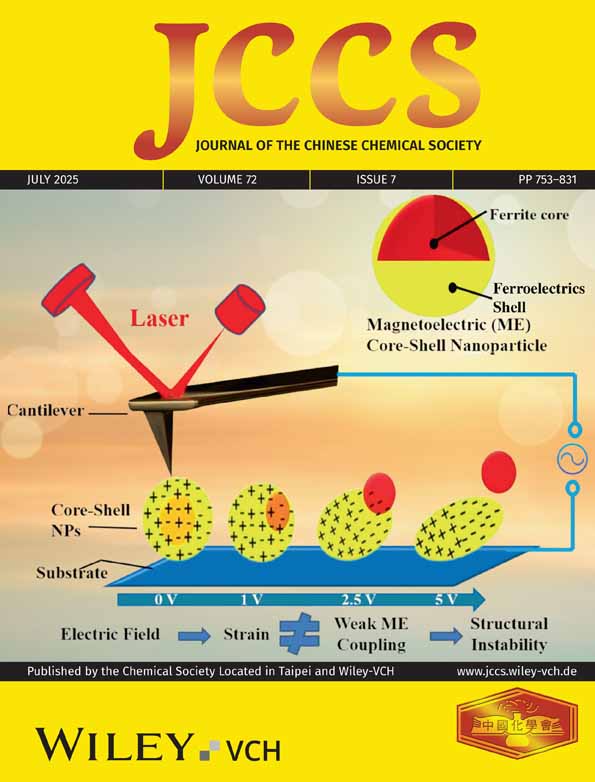Comparison of Electrospray Ionization and Fast Atom Bombardment Mass Spectrometry for the Analysis of Saponins from Alfalfa, Clover, and Mungbeans
Abstract
The determination of seven saponins in crude plant extracts by electrospray ionization mass spectrometry (ESI-MS) and fast atom bombardment mass spectrometry (FAB-MS) is described. Distinct protonated and natriated (Na-adduct) molecular ions in ESI-MS spectra readily provide molecular weight information, which can be further verified using clusters of molecular ions. Saponin mixtures can be analyzed by ESIMS on varying the potential difference between the capillary and skimmer in the ESI source to decompose impurities. ESI-MS uses less amount of sample than that required by FAB-MS. ESI-MS does not produce structural information, however. The FAB-MS spectra consist mainly of protonated and deprotonated molecular ions with limited structural information. (-)-FAB-MS is more suitable for analyzing saponin samples than the (+)-FAB-MS.




